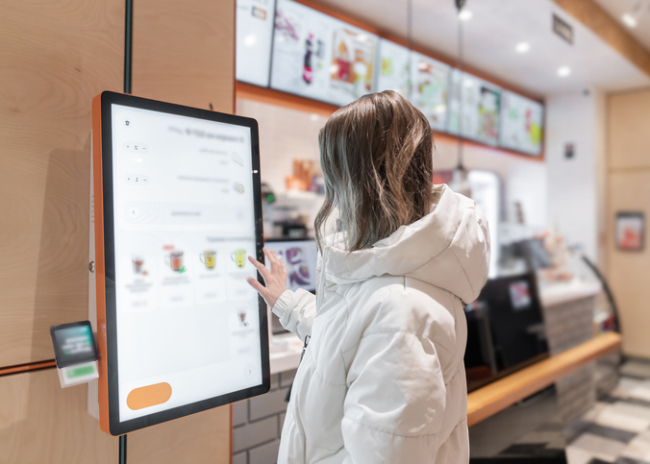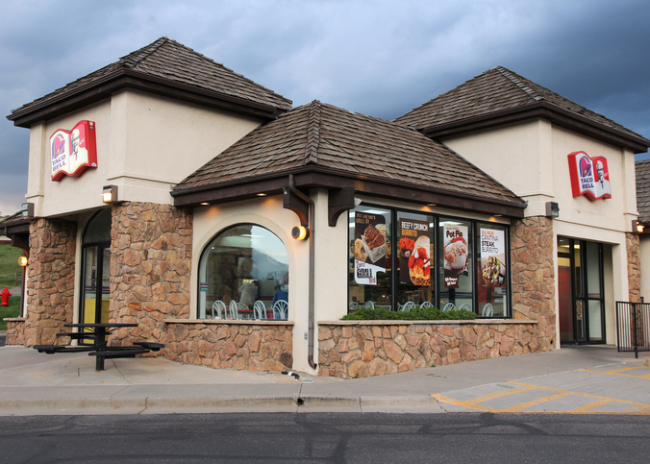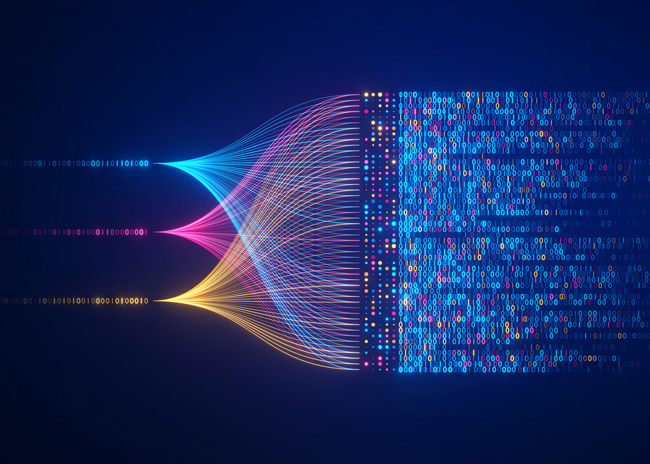The restaurant industry remains in constant motion, shaped by new culinary trends, changing customer preferences, and seasonal ingredients. As menus evolve to keep pace with these shifts, having the right kitchen equipment plays a crucial role in allowing operators from all industry segments to adapt quickly to new ideas and expand offerings.
Foodservice operators can choose from countless technologies that promise to drive performance improvements. But turning that technology’s potential into positive impact, like enhancing the speed of service, reducing labor costs and improving product consistency, is easier said than done.
Over the years, some restaurant companies have collected multiple concepts through acquisition and developed their own brands.
The on-again, off-again, on-again story of U.S. tariffs remains a daily topic on the news and in general conversation. While many other businesses grapple with the uncertainty of the way tariffs impact their industries, foodservice can turn to a more recent challenging period as it tries to chart a plan forward.
I just wrapped a month‑long, in-person AI clinic, and I’ll be honest: I left both energized and overwhelmed.
If you attended The NAFEM Show last month in Atlanta, I don’t need to remind you that the idea of applying automation remains alive and well. You could see it clearly in many booths displaying innovative solutions related to automation and other advanced technologies.
Fast-casual restaurants live at the intersection of speed and quality — offering a step up from fast food without the wait of full-service dining. In a category built on convenience, consistency, and flow, operational efficiency isn’t a luxury — it’s a must-have.
With increasing environmental concerns, rising operational costs, and growing consumer interest in supporting eco-friendly businesses adopting sustainable practices has never been more important for today’s restaurant chains.
When designing a restaurant, the spotlight often shines on decor, seating arrangements, and front-of-house flow. Behind every great dish and smooth service, though, lies something less glamorous but equally vital: the prep area.
As 2025 kicks off, many experts have offered their predictions about what’s in store for the restaurant industry for the coming year.
During a recent call with a client, we were reviewing the goals of a project when an interesting phenomenon occurred.
The first weeks of any new year are rife with prognostications about what’s to come during the next 12 months. So I figured, why not join the fun?
It’s official: the 2025 National Restaurant Association Show is in the books.
As foodservice consultants, our clients often challenge us to provide an impactful return on investment, be it for a piece of equipment, a new design or even both.
When the 2025 National Restaurant Association Show kicks off later this week, my colleagues and I will attend the event looking for further examples of how innovation and technology continue to optimize foodservice operations.
When looking for efficiencies in full-service restaurants, especially fine dining concepts, operators are always careful not to impact the customer experience that has come to define their brand. One big reason customers return to their favorite restaurants is because of how they have been treated every time they visit.



















